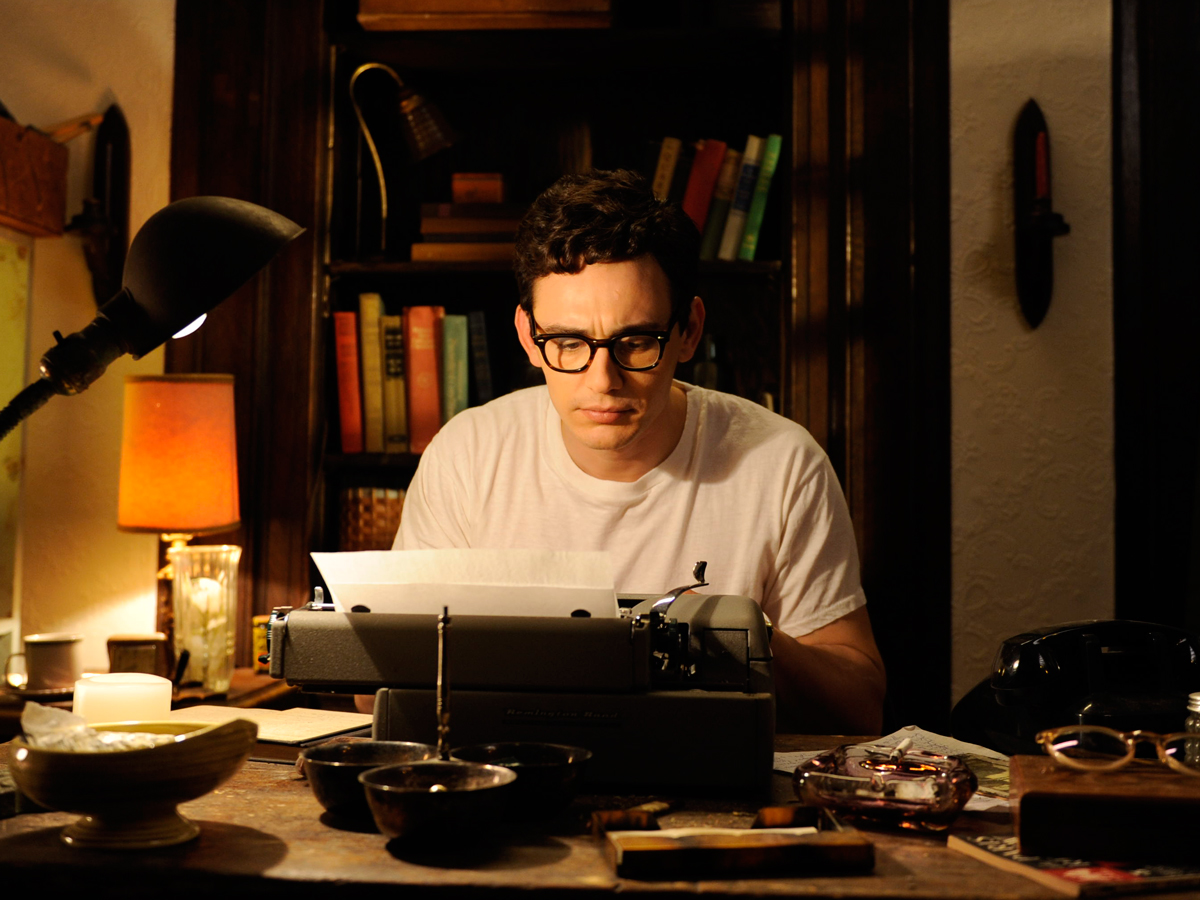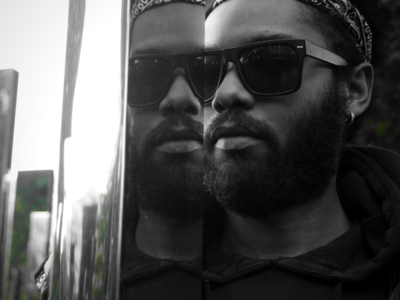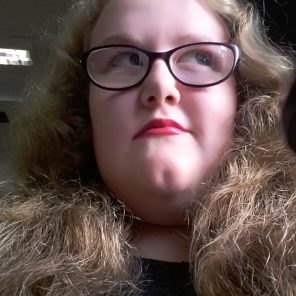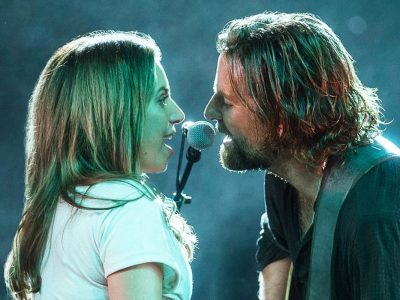Hit show Pose puts a spotlight on untaught LGBTQ+ history
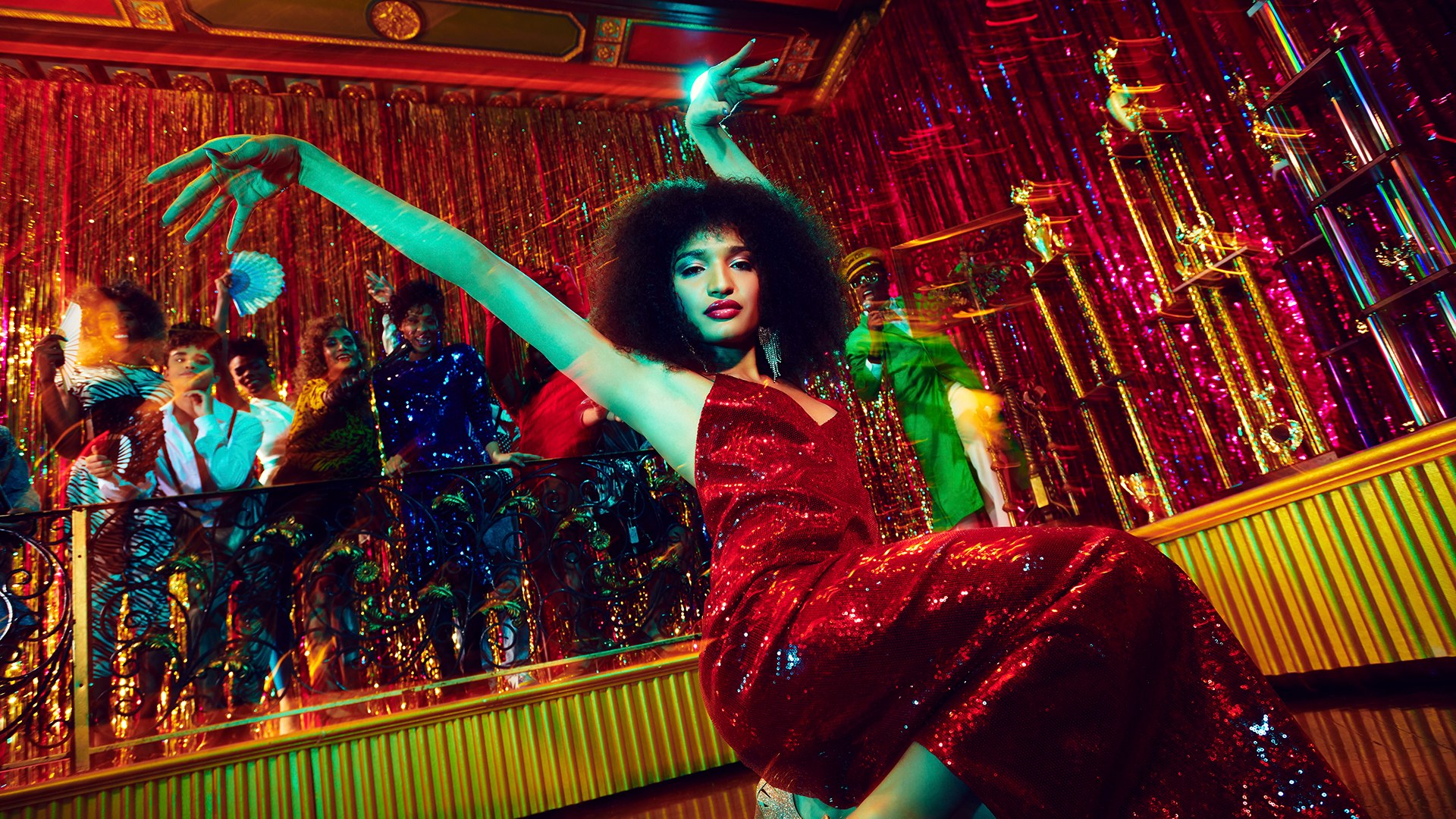
Dana reviews the trans-positive series and discovers that it’s groundbreaking television
Pose is a ground-breaking drama created by Ryan Murphy. Set in New York in the late 80s and early 90s, it depicts underground drag ball culture. With striking costumes and emotional performances, Pose has made history as having the largest number of trans people cast in a TV show ever. Stories such as the HIV/AIDS crisis are told from authentic narrators, and the struggles of transgender and gay people are shown as they fight for their right to exist.
With striking costumes and emotional performances, Pose has made history as having the largest number of trans people cast in a TV show ever.
Ryan Murphy has mentioned that he feels the need to educate young people on the impact of the AIDS crisis. At the beginning of episode one, transgender woman Blanca (MJ Rodriguez) discovers she is HIV positive and uses this as a drive to start her own fashion house, which offers help and guidance to youngsters without biological parents. Often the younger LGBTQ people have been kicked out of their homes. She encourages them to take preventative measures to ensure they are being safe, helping to stop the disease spreading further. Fashion houses in drag culture are a group of LGBTQ people who have been rescued by an elder ‘Mother’ in the community and walk in balls to earn trophies for the house as a collective. The role of the house Mother is to provide for her kids and prepare them emotionally to walk in the Balls. The use of AIDS as a centre for the show is a bold decision – there are few dramas that have dealt with the syndrome as explicitly as this. Pose stands out because Murphy displays the disease from the perspective of the community who were crippled by it. Most media depicts AIDS purely as a death sentence, while Pose shows the lives behind it.
The use of AIDS as a centre for the show is a bold decision – there are few dramas that have dealt with the syndrome as explicitly as this.
The show is visually gorgeous and excellently scripted. Murphy has created shows such as the American Horror Story Anthology and more recently Bette and Joan. There is a visceral realness in the way that he captures a scene. The show is electric, not melancholic, and the emotional scenes are portrayed with such beauty that it communicates hope rather than sadness.
Posewas inspired by the 1990 documentary Paris is Burning, directed by Jennie Livingston. The documentary detailed drag ball culture and featured interviews with House Mothers along with their children. The film has been added to Netflix and is shown as part of some University Film Studies curricula. It was eye-opening and revolutionary, giving voices to people who had not been allowed to have one in the past. Arguably it was the start of LGBTQ revolution.Pose uses similar names and characters to those from Paris is Burningand even features three survivors from the film: Sol Pendavis, Freddie Pendavis and Jose Guiterez, who feature as judges. Murphy draws from their experiences of New York in the 1990s to further add authenticity to the show. They stand as survivors and storytellers as they inform people of the history that is not taught in schools.
The show is electric, not melancholic, and the emotional scenes are portrayed with such beauty that it communicates hope rather than sadness.
As I began to find interest in lesbian history, there was little on hand to explore. Most mediums were books that were difficult to get, or films that are unavailable in this country. It was only as part of my degree that I was introduced to Paris is Burning, along with film such as The Living End (1992, Gregg Araki) which is a much bleaker and more upsetting film. Pose breathes life into this untaught history. The AIDS crisis and the lives it destroyed were unknown to me until my degree. In school I was taught about various wars, the Holocaust and slavery (all very important and interesting topics), however LGBTQ oppression was omitted.
In school I was taught about various wars, the Holocaust and slavery (all very important and interesting topics), however LGBTQ oppression was omitted.
Issues that are relevant today are represented in Pose. In season two Candy (Angelica Ross), a transgender woman and Co-mother of House of Verocity, is found dead. She has been murdered by a client in a solicited sexual transaction. There is never any legal follow up and her life becomes immortalised solely through her community. This murder is a reference to Venus Xtravaganza from Paris is Burning, who was found dead in similar circumstances. Murphy is not only drawing on historical murders of transgender people, he is also addressing the growing problem of transgender murders in America today. At the end of the episode titled Never Knew Love Like This Before, the end card reads ‘Since 2016, more than, 1,000 transgender and gender non-conforming people have been murdered around the world,’ noting that 11 transgender women of colour have been murdered by the time it was released in 2019. Murphy makes a bold political statement, highlighting the neglect and abuse that still happens, even though Paris is Burning was filmed over thirty years ago. Murphy uses his established success as a director to drive a political message about this community that is still being oppressed.
Murphy uses his established success as a director to drive a political message about this community that is still being oppressed.
Overall, Pose is important, interesting, and while educational, does not feel like a lecture. It is the first television programme of its kind and it has broken boundaries by being inclusive and honest. It serves a purpose educationally along with being excellent, emotive and stunning to watch. The way in which it breathes life into an ignored aspect of history is revolutionary, and it still holds so much truth in today’s society.
Watch Pose on BBC iPlayer now. What did you think of Pose? Let us know in the comments.


